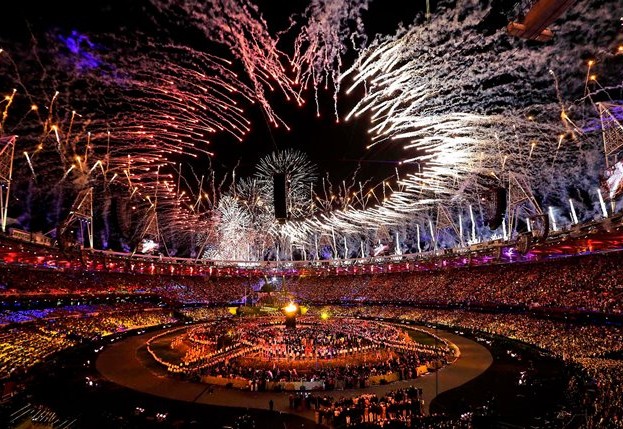
Brazil’s involvement in the Atlantic Slave Trade was largely receptive, as it was a colony of Portugal between 1530 until the 1700’s.
Located in what we now know as South America, Brazil’s tropical climate and rich soil, much like other European colonies in the Caribbean, made Brazil a highly desirable location to grow and cultivate sugar.
With the local population being well isolated from one another and in a similar technological age to the colonies in the Caribbean and areas in Western Africa, Portugal enslaved the locals in a bid to reflect the other European powers such as Britain, Spain and Holland who already had African slaves.
However, as many of the natives to South America were nomadic peoples, keeping them as slaves proved difficult, even as the Portuguese colonisers increased the brutality of their treatment towards the natives.
Despite efforts to quell the population, the Portuguese elite decided that to keep up with expected levels of sugar production, that the importation of African slaves was necessary.
By the 1600’s, more than five hundred thousand African Slaves had been imported to Brazil, boosting the number of slaves in the country and making the country the largest producer and exporter of sugar. It is estimated that 95% of Brazil’s exports were sugar, with the main receiver of these exports being Europe; largely Britain, Spain, Italy, Holland and the states which would later form Germany.
By 1604 however the rainforest proved an excellent cover for runaway slaves and rates for runaway slave recovery dwindled. For those who would go on to earn their freedom by running away, they would go on to be known as the ‘Quilombo’- runaway slaves.
These slaves would go on to form Maroon communities, re-establishing their native African traditions, political structure, social etiquettes and culture and cementing African culture in Brazil.
With the success of these communities growing between 1605 until they were destroyed in 1694, the Quiolmobo are largely considered the first longstanding case of runaway slaves successfully surviving in a colonised state.
It is due to this reason that the descendants of the Quiolmbo and the historians who study them, consider their gravesites sacred, as after the centralised communities were destroyed in 1695, the survivors were displaced, basing themselves in and around Brazil.
The importance of the Quilombo was lost to history, as until 1888, Slavery was still legal in Brazil, making it the last country to make slavery illegal and with up to 5million slaves being imported to Brazil, it was also the world’s largest importer of human slaves.
With such a large compensation payout looming over Brazil and Portugal, the Brazilian army took an unorthodox approach to the issue by destroying all known slave records. Whilst the move has been hailed has historically important, the true value was purely economic; as Britain, with its superior economy, was forced to pay out £20million (£17billion in today’s equivalency) for less than 4million slaves
When calculated against inflation, Portugal and Brazil, with their weaker economy, would have been forced to pay £23billion in compensation to their slave owners by the time they abolished slavery in 1888.
To the descendants of the Quilombo and to the historians who study them, the archaeological significance of the graves is considered sacred, which is why plans for it to be deemed a UNESCO world heritage site were drafted for each of the Quilombo gravesites across Brazil.
Yet, like many slave sites across the world, plans to save these sites has been difficult and despite the people of Camorim being recognised by Brazil’s federal government as decedents of the Quilombo; their bid to have ownership of the land has never finalised- even though it has been processed for more than a decade.
In 2013, the site was finally awarded to a property developer who caused a local storm by destroying the remaining forest in the area and the local community services that were there; such as a football field. Today, the controversy takes a moral turn, as the Olympic organisers have built a Media centre on the gravesite; losing yet another piece of Brazil’s history to modernisation.
After the games, the people of Camorim will not be able to renew their bid, as it has been decided that the land will be sold to a private seller once the Olympic and Paralympic games has concluded on September 18th, 2016.
